As the {self-proclaimed} Quiet Time Queen, I get asked a lot about how to help children play independently. So, like most things in my life, if I am asked about something enough, it is going to wind up being a blog post.
I thought this the PERFECT time to share my 5 tips for encouraging independent play since we are celebrating the launch of my Brand-New Quiet Time Club!
I hope you fall in love with the idea of a daily period of independent play. It really is crucial for children! And if you do, you best come on in to My Club!
But for today, let’s talk about independent play.
First things first, we must address the elephant in the room. Well, actually, there are two elephants in this room. The first, is OUR need for our children to play independently, and the second is on the disposition and personalities of our little ones.
Sometimes our little ones do not like to play independently as it is seen as a spur of the moment thing, when their grown-up needs time without them. When independent play isn’t encouraged in a regular fashion, it can be seen as a bit of a rejection for our children. This is the first elephant we need to discuss.
In order for our children to view independent play as a regular part of their day (and not a time of day when their grown up simply does not ‘want’ to be with them), we need to make sure independent play IS a regular part of their day, not just sprung on our child when the need arises.
The second elephant is our child’s personality. As a mom of multiple children, I can assure you that some children take to independent play far more readily than others. So if your child struggles to play independently, know that it is quite likely a personality thing, and not something you are doing wrong.
That being said, I have found that ALL children can indeed play independently. Not only that, playing independently is crucial for our child’s development.
Which, of course, is why I created The Quiet Time Club! {Did I mention that already? The one launching January 9th?}
Here are my 5 ways to encourage children to play independently:
Make sure Connecting Time has been Plentiful
As I mentioned above, often we ask our little ones to play independently when we need to do something on our own. There is nothing wrong with this, of course, but sometimes it can be perceived differently than intended to our child. It is important that our child has had plenty of time to feel connected with us throughout the day. Often, when our children feels their “bucket is full of love”, so to speak, they feel confident playing on their own.
This is also a suggestion I give in The Quiet Time Club, in fact. Before having quiet time, or if we want our children to settle into independent play, it is important that we spend some time playing, reading, or otherwise bonding with them.
When our children begin to understand that the flow to our day with always involve some quality time together, they can accept, and in fact learn to cherish their essential time to play independently.
Clear, Clutter Free Space
This one is a tricky one for me. But I will say that when my children have a blank canvas, so to speak, with only a few select toys, their play is so much deeper. I wrote a blog post yesterday all about this topic in fact. You can check out my tips for toy organization right here.
I have found that when children have a clear space, with only a special toy or two that they can really engage with, independent play seems to flow naturally. When children are in a space with lots and lots of toys and activities, I find they tend to get overwhelmed, or perhaps just play superficially with one toy before spying another, then another. My secret sauce for really getting the most of toys is to use them sparsely.
Screens Out of Sight
Recently we made the smallest of changes around here that has had the most remarkable of differences in our screen time. Especially with my three year old. We popped all our devices in a cupboard. That’s it!
It has made the most incredible of differences with my littlest being able to engage in independent play. Previously, each time I was not playing with her or sitting near by, she would wind up with a tablet in her hand asking me to watch a show. Now we skip that whole debacle, simply by keeping the screens out of sight.
Instead, she will now wonder for a little bit and then set her sights on something, allowing that independent play to begin to emerge.
Invitations to Play/Quiet Time Set Ups
If you have a little one who is hesitant to play independently, I encourage you to try to set up an “invitation to play”. My favourite way to do this is with a special “quiet time box”. Ideas for those are all over my blog, and of course, that is what The Quiet Time Club is all about.
The idea is nice and simple (it’s kinda all I do around here, keeping things nice and simple). Grab some popsicle sticks and little animals, arranging the popsicle sticks to be squares and popping the animals inside. Simple set ups like this grab a child’s attention and ignites their imaginations and curiosity.
So often, an invitation to engage in play like this is all it takes to set your child up for a period of independent play.
A Large Block of Quiet Time
My final tip for encouraging independent play is to have a large block of time in your day devoted solely to play. If you have a big block of time, such as a full hour, you will have the opportunity to work with your child and assist him or her in getting set up for some independent play.
You might begin this hour by engaging in play with your child. Next, you might sit quietly and watch your child play on his or her own. When our children are new to playing independently, they often feel more secure when we are still close by.
A nice, large block of time gives our children the opportunity to really dive into play.
And there you have them! My best 5 tips for adding some independent play to your child’s day. I hope these ideas are helpful to you.
Plus, don’t forget to join me in The Quiet Time Club! You are going to love it. I can’t wait to have you in my club.
See you there!
xo
Sarah
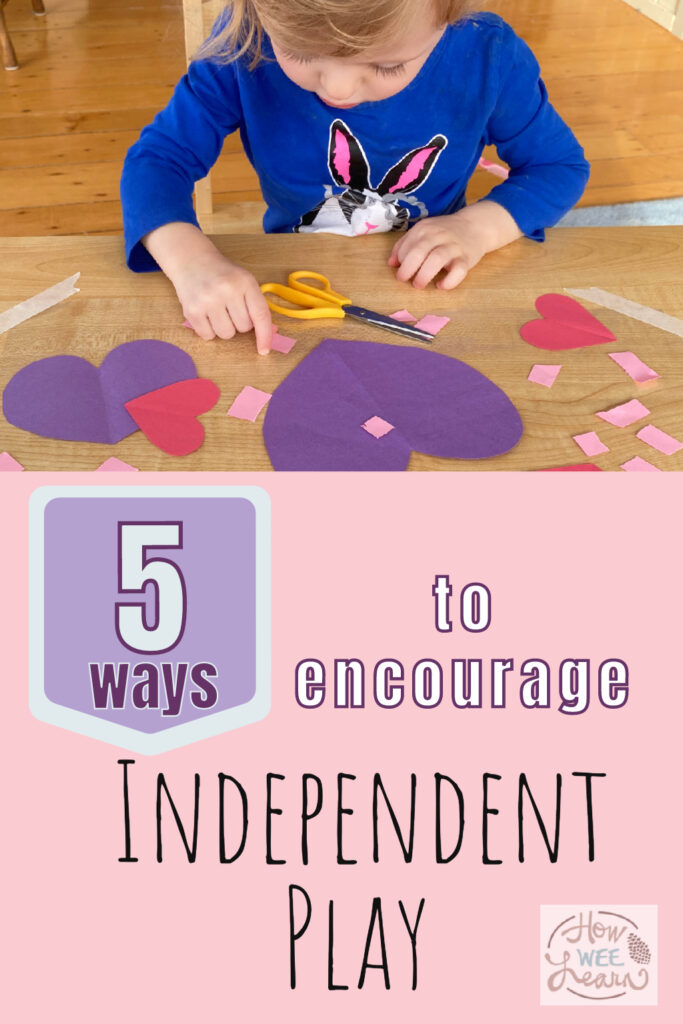
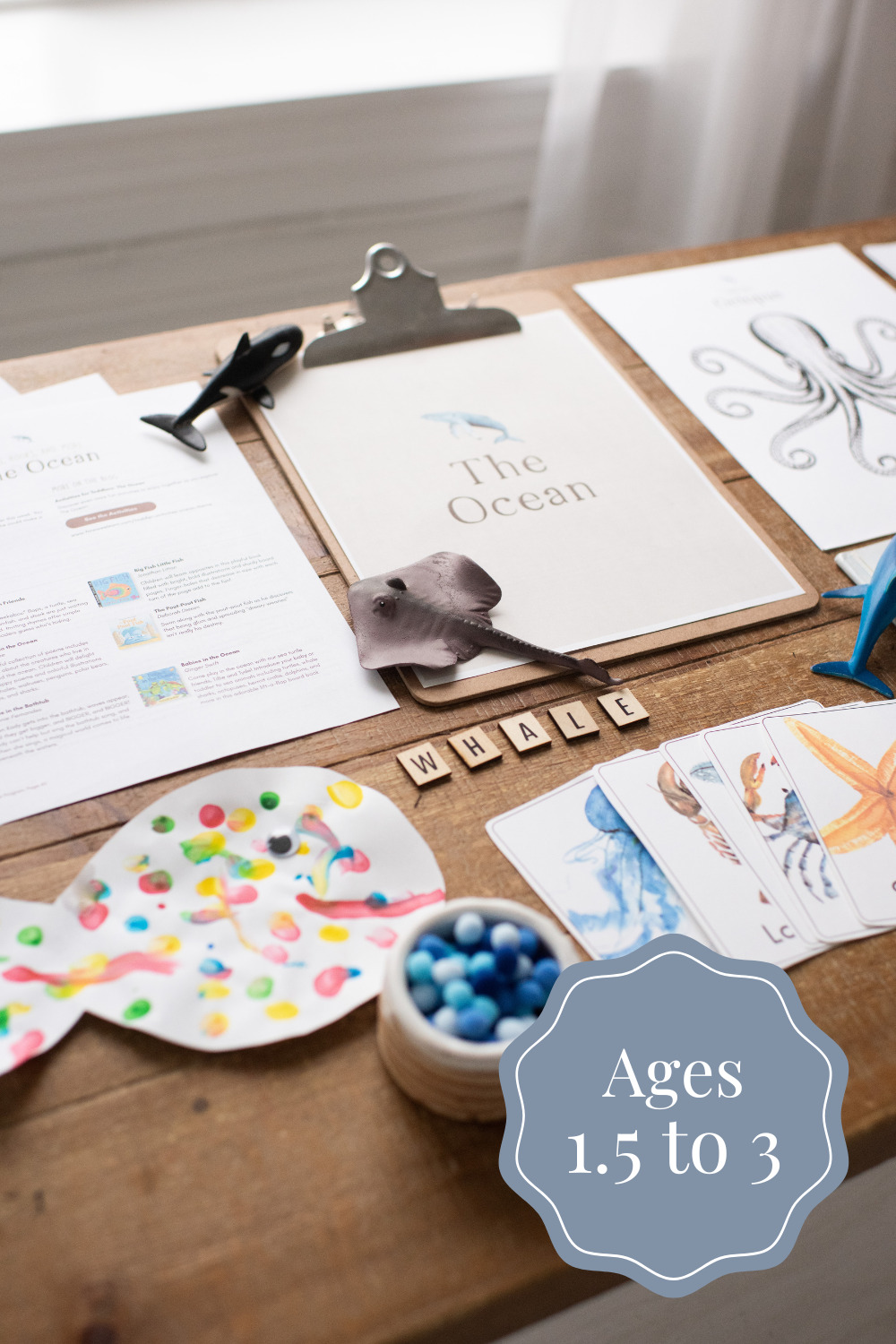
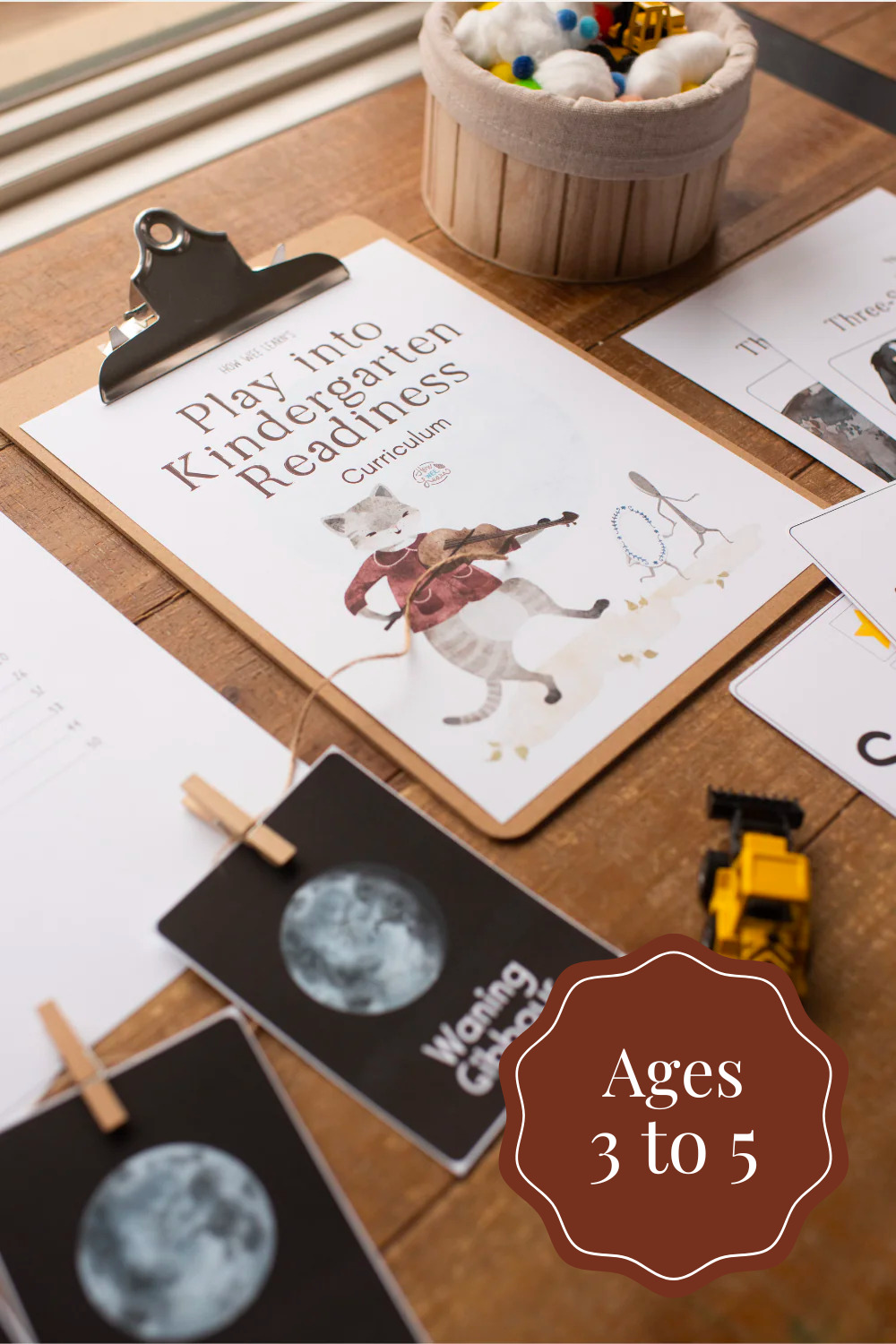
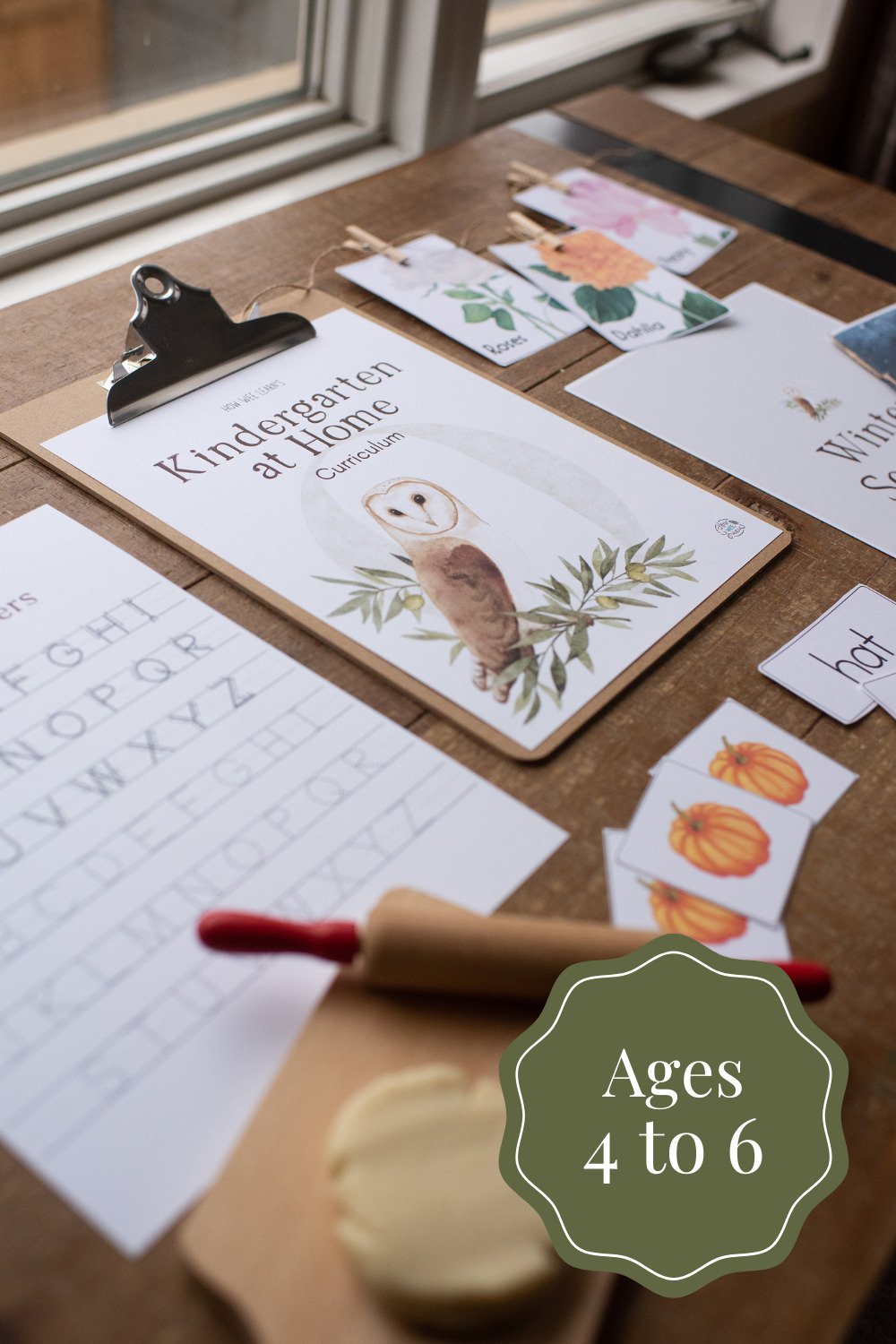
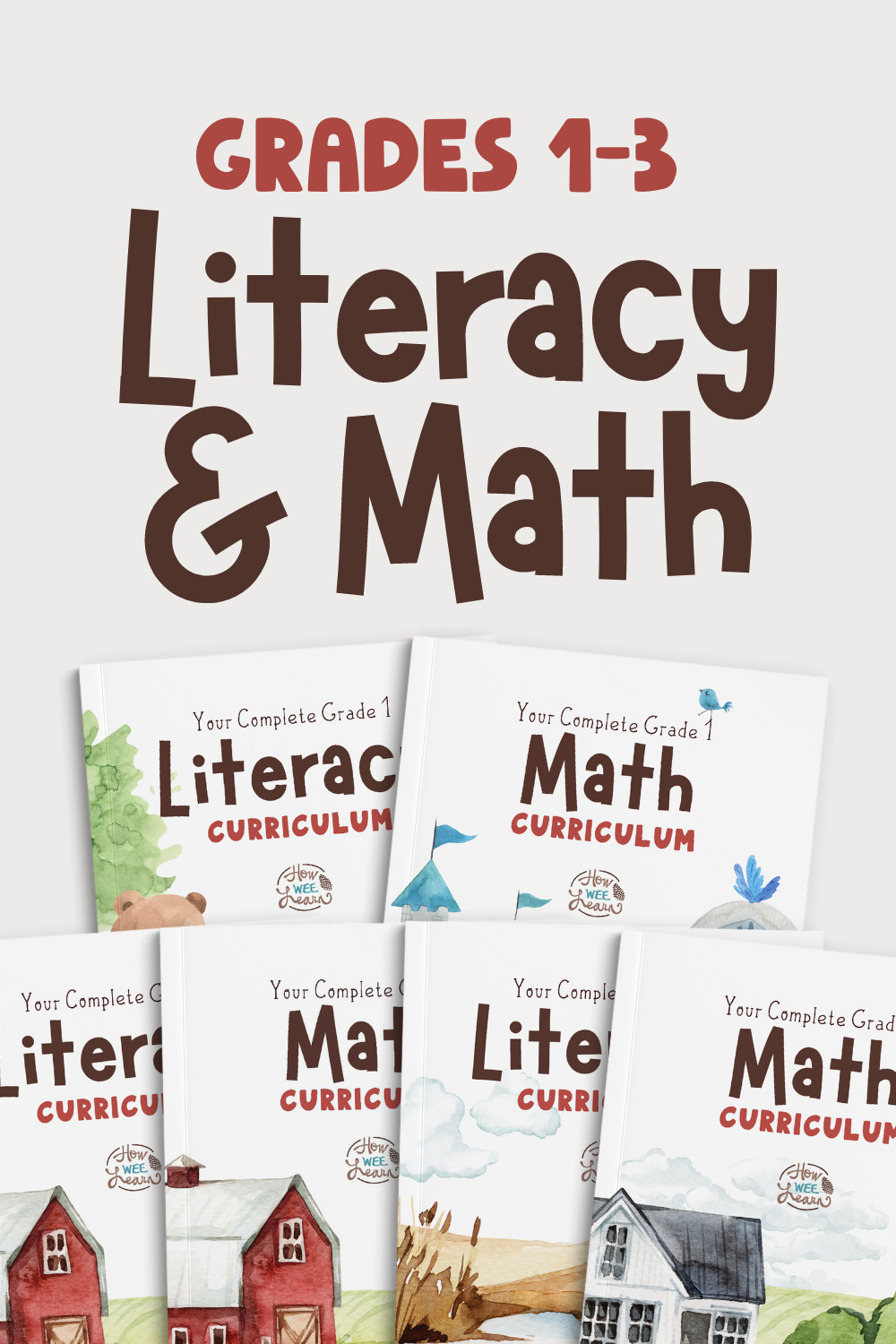

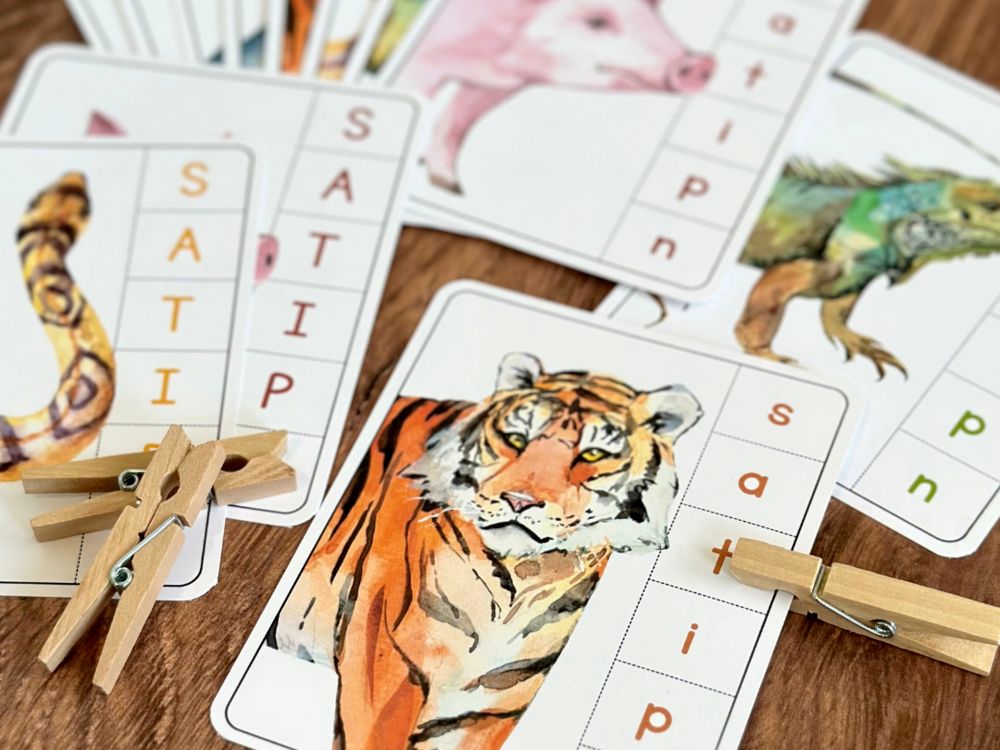
Leave a Reply